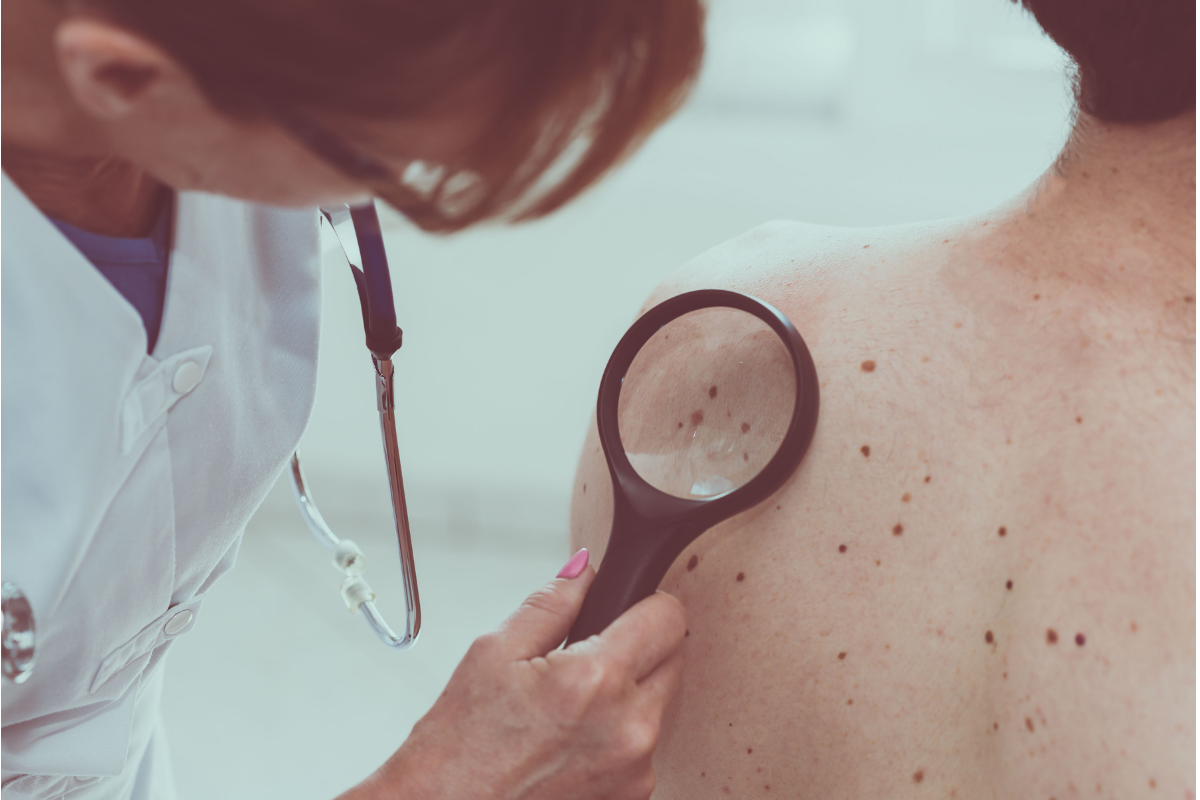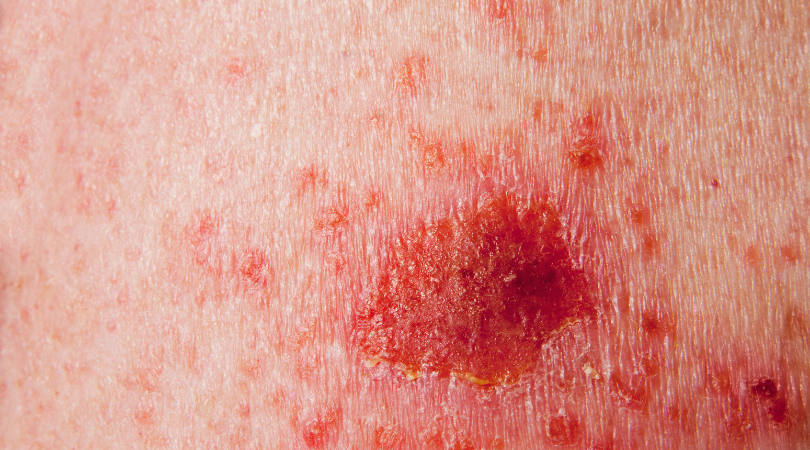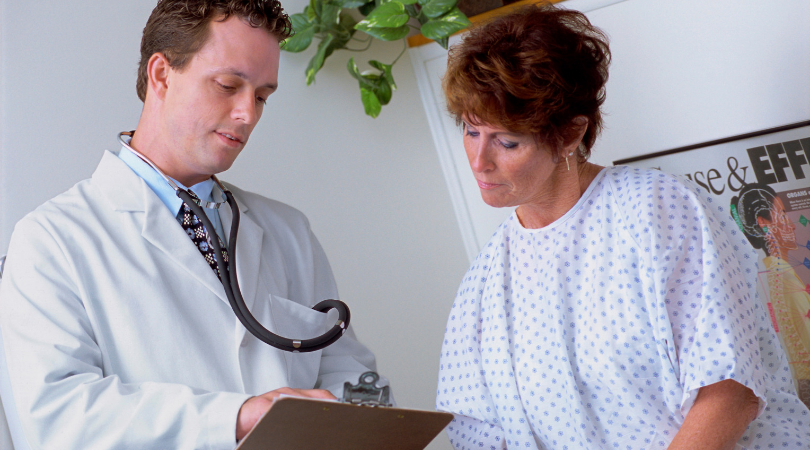Signs of Late-Stage Skin Cancer

Skin cancer is the most common cancer in the United States with one in five Americans developing skin cancer in their lifetime. The most common skin cancers are basal cell skin cancers and squamous cell skin cancers. Both tend to appear in sun-exposed areas, especially the head and neck, and both respond well to treatment and rarely spread to other parts of the body. The most dangerous form of skin cancer is melanoma.
If melanoma is caught and treated early, it also responds very well to treatment. However, when it is not treated early, it can advance and spread to other parts of the body and can be fatal. According to the Skin Cancer Foundation, over 7,000 people will die from melanoma this year alone.

What are the signs of late-stage skin cancer?
Melanoma is considered stage 4 when it has metastasized to lymph nodes in a part of the body far from the original tumor or if it has metastasized to internal organs like the lungs, liver, brain, bone or gastrointestinal tract.
Symptoms of late-stage skin cancer depend on where the cancer is in the body. Some of these symptoms include:
- Hard lump on the skin
- Hard or swollen lymph nodes
- Fatigue
- Unexplained pain
- Unexplained weight loss
- Yellowing of the skin and eyes
- Build-up of fluid in the abdomen
 How is late-stage skin cancer diagnosed?
How is late-stage skin cancer diagnosed?
In order to determine if the melanoma has reached stage 4, the attending physician will perform biopsies, do ultrasound and imaging scans to see how the cancer has spread, and order blood tests to look at the patient’s blood count and liver function.
Even in stage 4, melanoma can still be treated with surgery, chemotherapy, radiation therapy, immunotherapy, and/or targeted therapy. However, once the cancer has spread, it can be difficult to find and treat all the cancerous cells. The 5-year survival rate for stage 4 melanoma is 15-20%, while the 10-year survival rate is 10-15%.

Support for Late-Stage Skin Cancer
Patients with late-stage skin cancer are eligible for the support of hospice care if they have been diagnosed with six months or less to live if their illness follows its typical path and if they have elected to discontinue curative treatments in order to focus on comfort and quality of life.
Once a patient begins hospice care, a team of end-of-life care professionals will partner with their physician to arrange care wherever the patient resides. Medication, medical equipment, and medical supplies related to the patient’s terminal diagnosis will be delivered to the patient’s residence and caregivers will be instructed on their use.
Nurses will provide nursing care to manage the symptoms of late-stage skin cancer, while hospice aides will provide personal care. Social workers will address emotional support needs and help connect the patient and their family to additional resources in the community. Chaplains will also visit to address the patient’s spiritual needs. Volunteers are also available to provide companionship and support to the patient and their family.
To learn more about hospice eligibility for cancer and how Crossroads Hospice & Palliative Care supports patients with late-stage skin cancer, please call 1-888-564-3405.
If you found this information helpful, please share it with your network and community.
Copyright © 2019 Crossroads Hospice & Palliative Care. All rights reserved.




